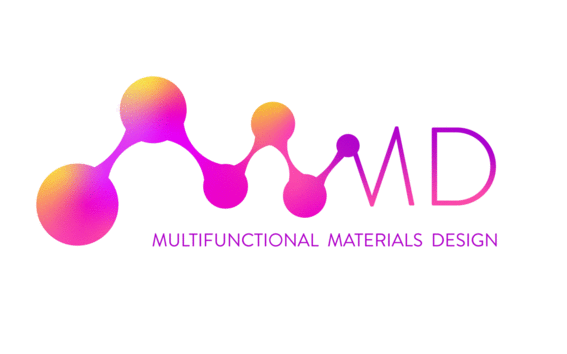GYSS 2024: a unique platform for inspiration, knowledge exchange and networking
Maryam Mousavi among the 10 top young scientists from Finland accepted to the Global Young Scientists Summit 2024 in Singapore
Full title of the project: Perovskite-inspired indoor photovoltaics for sustainable Internet-of-Things (PINT) (PREIN project)

Maryam Mousavi among the 10 top young scientists from Finland accepted to the Global Young Scientists Summit 2024 in Singapore

Technology Academy Finland had the honor of nominating candidates from Finland for the Global Young Scientists Summit 2024 in Singapore. Ten top young scientists from Finnish universities and research centers will participate in this prestigious conference in January.
The global Internet of Things (IoT) market is rapidly growing, with trillion new smart sensors being installed around the world by 2025. The most sensible choice for sustainable and energy-efficient IoT is to develop printable, light-weight, flexible, and low-cost IoT nodes, which do not contain toxic batteries, but instead are self-powered by the readily available ambient light, harvested by an indoor photovoltaic (IPV) technology. Among IPVs, perovskite-based devices have recently reached an outstanding indoor power conversion efficiency of 40.1%. Yet, beyond the attractive figures of merit, several open issues need still to be solved before commercialization. One main issue relates to the IPV materials and particularly the light absorber, i.e., perovskite. As traditional perovskites rely on toxic lead, harmful for the environment and leading to significant problem for IoT device recycling, there is a need to develop IPVs based on lead-free perovskite-inspired materials (PIMs) that can replicate the excellent optoelectronic properties of their toxic counterparts while being intrinsically stable (another major challenge for traditional of Pb-perovskites).
In the previous PREIN 2022 project, TAU group has developed a new PIM based on pnictogens (elements of Group VA of the periodic table), CsMAFA-Sb (Adv. Energy Mater. 2023, in press), which has nearly ideal wide bandgap for indoor light harvesting. The corresponding IPVs displayed a record indoor efficiency for PIMs of 6.4%. Another class of materials explored by TAU in IPVs for the first time (Fig. 1) during the previous project is Cu2AgBiI6, CABI, (Small 2022, 18, 2203768; Sust. Energy Fuels 2023, in press). In the past months, flexible CABI-based solar cells were developed by VTT & TAU with promising results, which will be part of a publication currently under preparation. The exciting outcomes achieved in 2022 represent the starting point of the proposed research. The open questions to be addressed with the two classes of newly developed PIMs (CsMAFA-Sb and CABI) are the modest operational stability (i.e., under applied light and voltage as in solar cells) of IPVs and the poor sustainability of the PIMs processing. Only after addressing these challenging issues, PIM-based IPVs will get closer to their widespread application.
PINT project will contribute to these ambitious aims by targeting the following objectives (Os):
The proposed research, though linked to existing projects at TAU (i.e., SOL-TECH funded by JAES and PERLA financed by Academy of Finland), does not overlap with the ongoing activities. In this project, we will for the first time: (i) explore chalcogenide-PIMs, (ii) look at PIM stability through advanced accelerated aging tests, and (iii) focus on the sustainability of the materials, solvents, and substrates constituting the IPVs. Finally, while strengthening the successful collaboration between TAU and VTT started in 2022, the project will provide a great opportunity for the 4 involved teams to launch a brand-new collaboration that will leverage their complementary expertise.
1. Hybrid Solar Cells (HSC), TAU;
2. Solar Cell Technologies, VTT Technical Research Center;
3. Multifunctional Materials Design, Aalto University;
4. Molecular Modeling Research Group, UEF.

Returning for its 12th iteration, the Global Young Scientists Summit (GYSS), organised by the National Research Foundation (NRF) took place from January 8 to 12 at the National University of Singapore.

6th International Conference on Perovskite Solar Cells and Optoelectronics (PSCO23) was held in Oxford, UK from 18th September to 20th September 2023.
Accountable project leader: Prof. Jaana Vapaavuori ([email protected])
Project researcher: Maryam Mousavi, Doctoral Candidate ([email protected])
Project page on the Research Aalto portal:
Group led by Professor Jaana Vapaavuori
